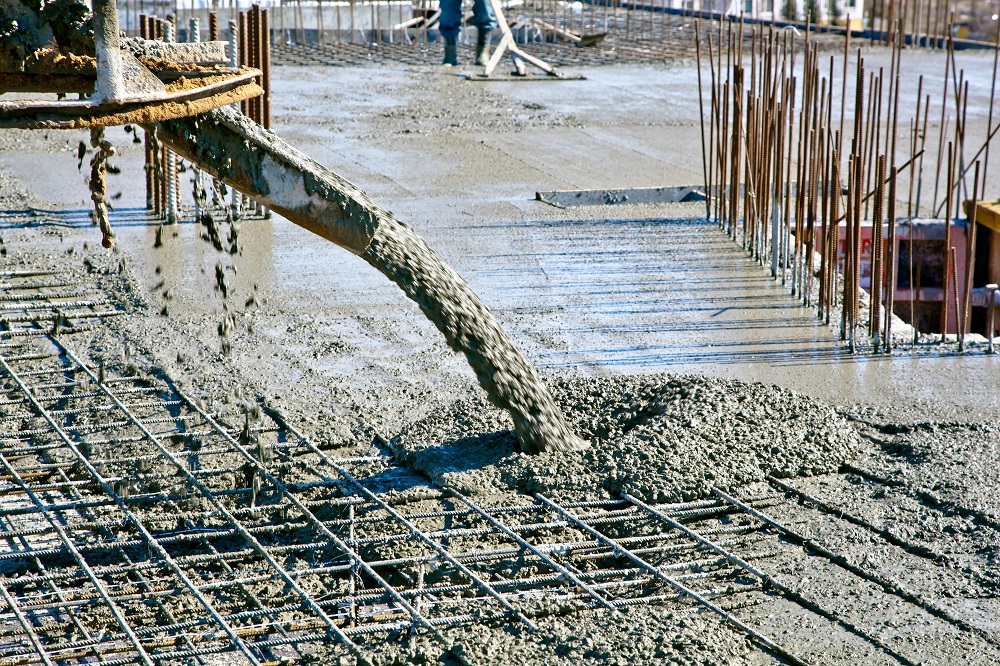The Construction Industry Outlook for 2024: Another Good Year
The construction industry saw record growth in 2023.
According to The American Institute of Architects’ (AIA) Consensus Construction Forecast Panel, the nonresidential construction sector grew by nearly 20 percent this year. “That pace of growth hasn’t been seen since the construction boom years leading up to the Great Recession,” writes AIA Chief Economist Dr. Kermit Baker.
While that level of expansion isn’t expected to last through 2024, construction executives are confident the industry will continue to grow and add jobs over the next year. More than 83 percent of respondents to Engineering News Record’s (ENR) survey on confidence in the construction industry see either a stable or improving market over the next 12 to 18 months.
The Construction Industry Outlook is Positive: Will Add Jobs in 2024
There is an ongoing labor shortage in the construction industry. According to data reported in July by ABC, there are 400,000 unfilled jobs in the sector. The construction demand boom of the past year along with workers retiring at a faster rate than new workers entering the industry has created a vacuum of skilled workers in the industry.
It’s a problem that’s not going to be resolved anytime soon, either, says Basu, in a CNBC article.

In fact, filling labor gaps will continue to be a challenge for the industry in 2024 as it is expected to continue to add new jobs on top of the large number of already unfilled roles.
According to the Bureau of Labor Statistics (BLS), the construction sector is expected to have the largest increase in employment than any other sector, adding 790,400 jobs through 2024.
While that’s good news for trade contractors, the industry as a whole, and the economy, it’s also causing some panic as workers become more difficult to find. But there are things your company can do to help fill those gaps.
Consider ways to do more with the people you already have. By investing in reskilling and upskilling opportunities, you can plug skills gaps with current employees. You should also reach out to local high schools and vocational schools to connect with students and show them the path towards a rewarding career in the construction trades.
“It would also be helpful to present the industry as what it is — not just guys in hard hats wielding big tools, but a sector of many differently skilled, well-paid jobs that offers satisfying careers,” write McKinsey & Company’s Garo Hovnanian and Adi Kumar.
